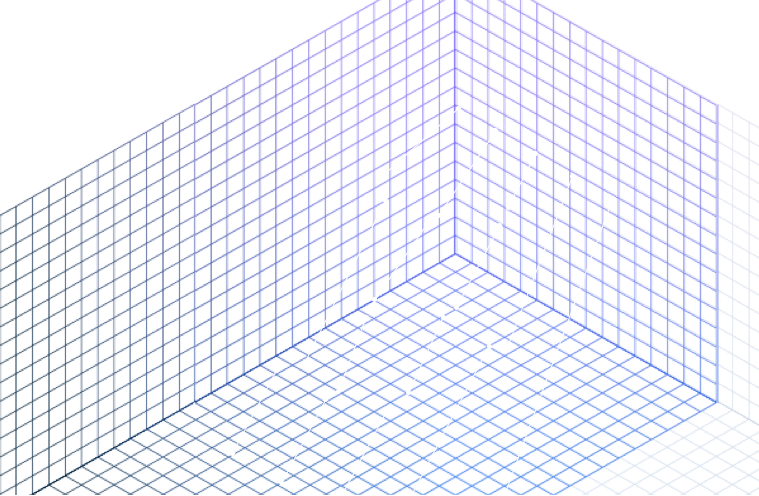
BUILDING UP FROM 3D MODELS
4D and 5D BIM are essentially pairing up 3D models with optimized schedules and cost estimation. This will decrease the possibilities of unplanned scenarios such as off-budget purchases. With software today, fellow collaborators and contractors can alter specific parts of the project in real-time. Changes made in project files will be updated immediately in the cloud.
STREAMLINED PROCESS
Ease even the biggest of projects' way from sketch to actual construction using 4D and 5D BIM. Taking the advantages of 4D and 5D BIM to bring out the most effective communication among the building team members.
ACCURACY AND PRECISION
Model-based scheduling and model-based estimating help the team to work on measurement details of the structure. BIM immediately increases the predictability and profitability of the project, delivering them on budget and on time.
RFID AND QR CODE SERVICES
Place RFID tags or QR codes indoors to better integrate with 4D. RFID helps with the delivery of materials and materials management, eases users to locate the specific parts.
FACILITATE FLCM
Adopting BIM ameliorates the whole construction process. Embracing prefabrication and modularization, BIM will surely facilitate the full life cycle management (FLCM) of the projects.
MORE ON 4D & 5D BIM
An extensive study by McGraw-Hill Construction in 2013 suggests that even though the implementation of BIM is fairly new, its benefits are clear. 41 percent of contractors cited that BIM helped in reducing errors and omissions and 35 percent said better collaboration with owners/design firms. The study also listed other important benefits such as positive
perceived ROI, increase in productivity, reduced overall project duration and increased profits. From 2D sketch to dynamic 3D model, proceed to optimizing your schedules with 4D BIM, which allows improved project delivery timeline. The productivity of your crew can be maximized by flowline scheduling and on-site production control. In 5D BIM, bring
the models (3D) and schedules (4D) to do effective cost planning and budget visualization. Where prefabrication precision can be severely improved, contractors can use BIM to accurately locate parts and compare as-built conditions with design models.
An extensive study by McGraw-Hill Construction in 2013 suggests that even though the implementation of BIM is fairly new, its benefits are clear. 41 percent of contractors cited that BIM helped in reducing errors and omissions and 35 percent said better collaboration with owners/design firms. The study also listed other important benefits such as positiveperceived ROI, increase in productivity, reduced overall project duration and increased profits. From 2D sketch to dynamic 3D model, proceed to optimizing your schedules with 4D BIM, which allows improved project delivery timeline. The productivity of your crew can be maximized by flowline scheduling and on-site production control. In 5D BIM, bringthe models (3D) and schedules (4D) to do effective cost planning and budget visualization. Where prefabrication precision can be severely improved, contractors can use BIM to accurately locate parts and compare as-built conditions with design models.
4D & 5D BIM
OPTIMIZE YOUR BUDGET BY CAREFUL SCHEDULING

4D BIM
From 3D models, obtain definitive installation rates, productivity rates, crew sizes to create better schedules and optimize resources.

5D BIM
Integrating 3D and 4D, use model-based estimating to obtain precise component pricing and budgeting reports for the project.







